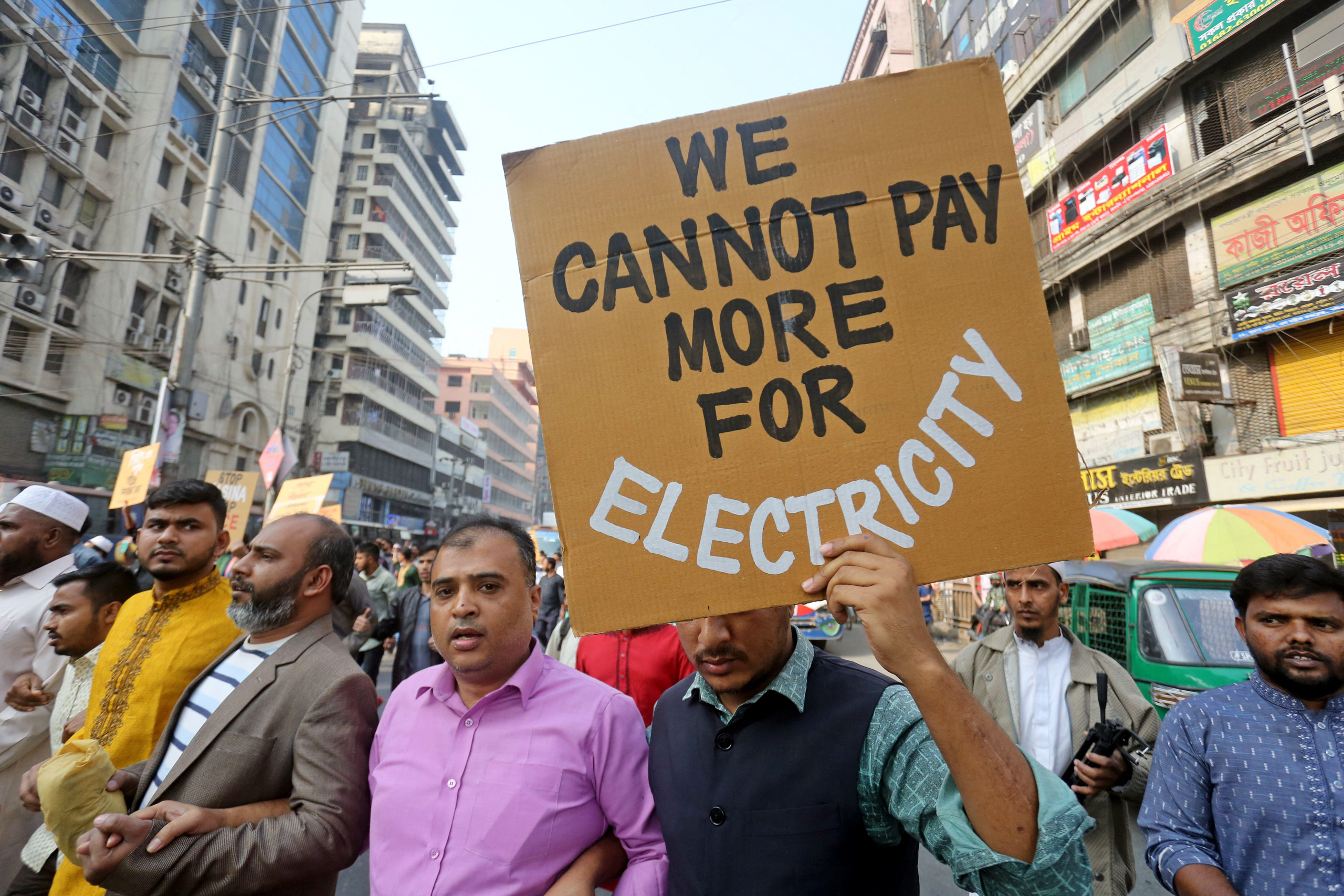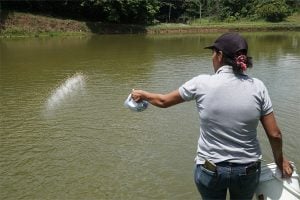For the past few years, the countries of Bhutan, Bangladesh, India and Nepal have been slowly working towards cross-border energy trade.
On 3 October, this cooperation achieved a major milestone. Bangladesh’s new regime signed a tripartite agreement to import 40 megawatts (MW) of hydropower from Nepal, via Indian territory. The hydropower potential of Nepal and Bhutan, estimated to be more than 100 gigawatts (GW), will strengthen this energy cooperation.
Experts suggest, however, that this scramble for hydropower ignores the impact of climate change upon the Himalayan region.
India had been the lone electricity trading partner for Nepal and Bhutan for decades. This agreement gives the landlocked nations an opportunity to sell their surplus, monsoon-generated hydropower beyond India for the first time.
Dasho Chhewang Rinzin, the managing director of Druk Green Power Corporation Limited in Bhutan, commented on this situation in 2022 at a virtual World Bank event: “Many times, we are questioned about keeping all our eggs [hydropower] in one basket [India], and I retort by saying we have only one egg and one basket.” He said an agreement for regional electricity trade would help Bhutan diversify its basket.
For India, the power imported from Nepal and Bhutan has been critical in meeting steep demand spikes during summer months, and maintaining its grid stability. A case in point is northern India’s record power demand of 89GW in a single day, which happened on 17 June as the region suffered its longest heatwave in 15 years. India imported 25-30% of the power it needed that day, according to the national power ministry.
Bangladesh recorded its longest ever heatwave this year, as well as its highest temperature of the past five decades. On 29 April, the country faced a power shortfall of 3,196MW, but it had no recourse to import electricity from Bhutan or Nepal.
Importing renewable hydropower could additionally assist Bangladesh in weaning itself off fossil fuels. Currently, 68% of the country’s energy is generated using natural gas, 31% using coal and oil.
It might also be cheaper. According to Shafiqul Alam, the Institute for Energy Economics and Financial Analysis’ lead energy analyst for Bangladesh, the average power generation cost in the country soared from USD 0.055 per kilowatt hour in 2020-2021, to USD 0.095 the following year.
“We often see that the IEX [Indian Energy Exchange] energy market is cheaper than the average power generation cost in Bangladesh,” Alam adds.
Climate change impact on hydropower
Climate impacts may become a complicating factor in energy trade among Bhutan, Bangladesh, India and Nepal.
According to a report by the International Energy Agency, the Himalayan region (Bhutan and Nepal) projects a drop in hydropower capacity of 3.9-5.2% between 2020 and 2059 “due to changing climate conditions”. These include “increasing variability in streamflow, shifting seasonal flows and augmenting evaporation losses from reservoirs”, as well as the impact of “extreme weather events such as heavy rainfall and associated landslides [which] can hinder development of hydropower projects”.
Some of this has already be observed in real time. During this year’s monsoon season, Nepal’s hydropower sector lost out on energy generation worth around NPR 2.45 billion (USD 18 million) due to floods and landslides. About 1,100MW of hydroelectricity production was halted due to flood damage, says Deepak Khadka, Nepal’s minister for energy, water resources and irrigation.
The melting of glaciers will also have an impact. In the short term it could temporarily boost water flows, says Arun Bhakta Shrestha, a senior climate change specialist at the International Centre for Integrated Mountain Development. This would lead to higher power generation, especially for hydropower projects in the upstream parts of basins.
“This also raises the risk of glacial lake outburst floods (GLOFs) and flash floods,” adds Shrestha, “which can cause physical damage to hydropower infrastructure and disrupt operations.
“Hydropower projects in the upstream part of the basins will be more sensitive to [climate] impacts, as meltwater is the dominant source of water there. The seasonal variability caused by changing precipitation patterns and less predictable snowmelt will likely reduce hydropower’s reliability as a consistent energy source.”
Building better dams
Dialogue Earth consulted Dhruba Purkayastha, who directs growth and institutional advancement at the Council on Energy, Environment and Water, an Indian thinktank. He agrees there are risks: “This incremental climate risk needs to be subsidised by the Organisation for Economic Co-operation and Development [OECD) countries, because without developing hydropower resources in the region, South Asia is likely to continue its carbon-intensive economic growth.”
One way to way to deal with the issue is engineering, non-engineering and nature-based solutions to make hydropower infrastructure climate-resilient, adds Shreshta. “Newer hydropower projects should incorporate design modifications that account for increased flood risks, including dam design, flood control mechanisms, powerhouse configuration, etc, to withstand extreme weather events.”
There were 228 hydropower projects of more than 1MW capacity under construction in Nepal as of May 2023; more than 10 megaprojects are being established in Bhutan. But there is little evidence these are incorporating climate-resilient policies. In fact, Nepal’s hydropower boom has largely ignored environmental issues, such as the impact of dams on biodiversity.
Complicating the picture further, there is only a small pool of investors. Neither China nor developed countries are investing in hydropower in Nepal or Bhutan. There are also no existing power transmission lines between Nepal and China, although there are possibilities that this may change as China and Nepal continue to talk about hydropower trade. At the same time, “India is pushing out China from Nepal’s market,” says Narayani Sritharan, a visiting assistant research professor at the William & Mary Global Research Institute’s lab, AidData.
For developed countries, the rationale is different. Many are actively dismantling ageing hydropower infrastructure, considered counterproductive due to the socioeconomic and environmental impacts of dams.
“The US and western donors are less interested in investing in hydropower development as they are not safe for the environment and local communities,” says Sritharan. “However, they are keeping a hawkish eye on the tussle over hydropower between India and China.”









